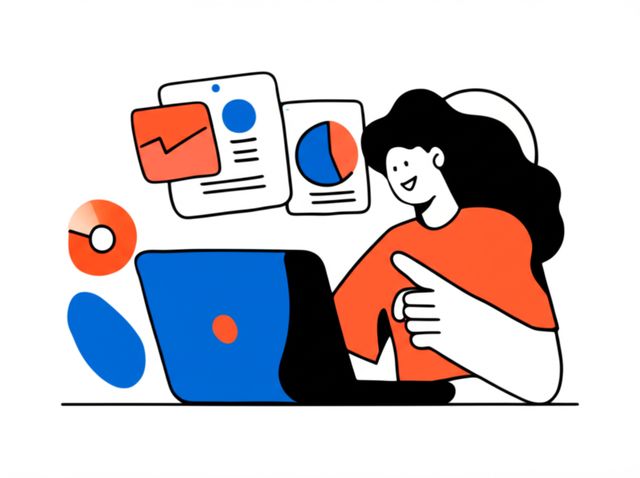Application Design
Application Design is the process of planning and developing software applications. It involves understanding user requirements, designing the application's architecture and user interface, and developing and testing the application. Application Design is a critical part of the software development process, as it determines the usability, Funktionalität, and overall success of the application.
Why Learn Application Design?
There are many reasons to learn Application Design, including:
- To improve your career prospects. Application Design is a valuable skill in a variety of industries, including software development, web development, and IT. By learning Application Design, you can increase your job opportunities and earning potential.
- To develop your own software applications. If you have an idea for a software application, learning Application Design can help you turn your idea into a reality. You can also use Application Design to create custom applications for your own business or personal use.
- To understand how software applications work. By learning Application Design, you can gain a deeper understanding of how software applications work. This can be helpful for troubleshooting problems with software applications or for developing your own software applications.
How to Learn Application Design
There are many ways to learn Application Design, including:
- Take an online course. There are many online courses available that can teach you the basics of Application Design. These courses can be a great way to learn at your own pace and on your own schedule.
- Read books and articles. There are many books and articles available that can teach you about Application Design. These resources can be a great way to learn more about the topic in depth.
- Attend workshops and conferences. There are many workshops and conferences available that can teach you about Application Design. These events can be a great way to learn from experts in the field and to network with other people who are interested in Application Design.
- Work on projects. The best way to learn Application Design is to work on projects. Start by building simple applications and gradually work your way up to more complex applications. You can also contribute to open source projects to gain experience in Application Design.
Online Courses
There are many online courses that can teach you about Application Design. Some of the most popular courses include:
- Reliable Cloud Infrastructure: Design and Process 日本語版
- Project: Create an iOS app from start to finish
- Gamification: Motivation Psychology & The Art of Engagement
- Software Engineering Basics for Everyone
- Introduction to Software Development and Applications
These courses can teach you the basics of Application Design, including how to understand user requirements, design the application's architecture and user interface, and develop and test the application. By taking one of these courses, you can gain the skills and knowledge you need to start designing and developing your own software applications.
Career Opportunities
There are many career opportunities available for people who know Application Design. Some of the most common careers include:
- Software Developer
- Web Developer
- IT Consultant
- Product Manager
- Technical Writer
These careers can be found in a variety of industries, including software development, web development, IT, and business. By learning Application Design, you can open up a world of career opportunities for yourself.
Conclusion
Application Design is a critical part of the software development process. By learning Application Design, you can improve your career prospects, develop your own software applications, and understand how software applications work. There are many ways to learn Application Design, including taking online courses, reading books and articles, attending workshops and conferences, and working on projects. By taking the time to learn Application Design, you can gain the skills and knowledge you need to succeed in the software development industry.


